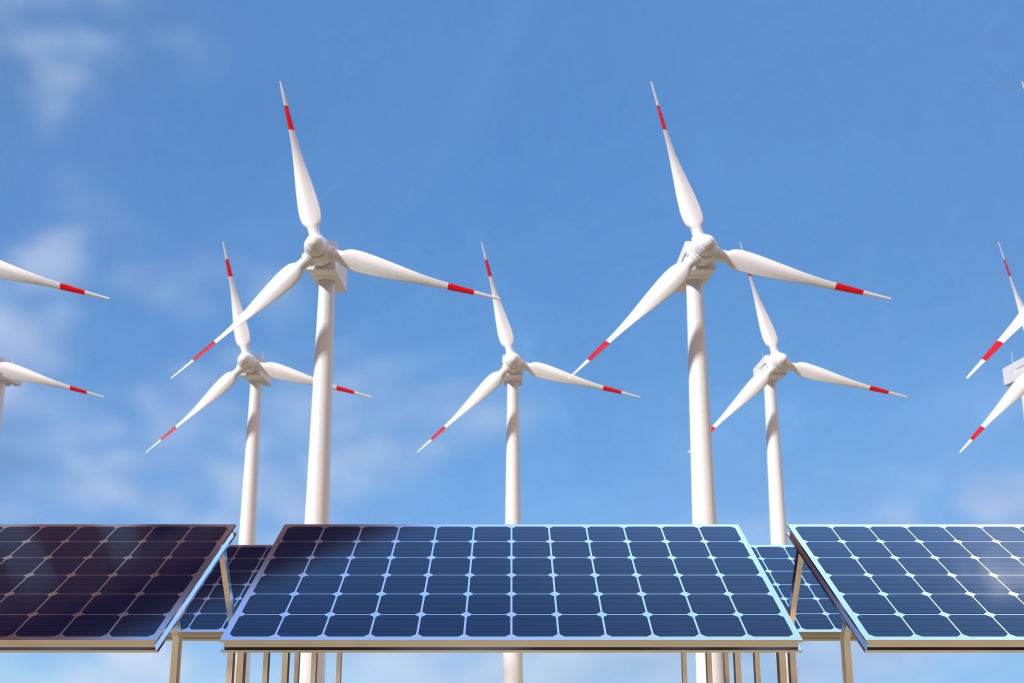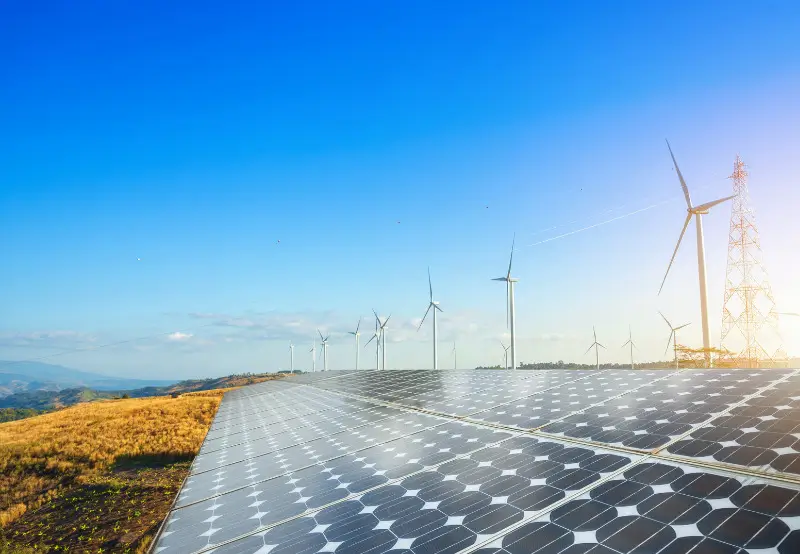The Growing Need for AI in Renewable Energy
With the global transition to sustainable energy solutions, the use of renewable energy sources such as wind and solar power is both a bane and a blessing. Though these clean energy sources minimize carbon footprints and the use of fossil fuels, their fluctuating nature makes it challenging for maintaining grid stability and distributing energy. This is where artificial intelligence (AI) is breaking new ground. Through the use of sophisticated energy forecasting software and energy predictive analytics,, AI is revolutionizing renewable energy integration, ensuring a more efficient and stable power grid.

Understanding the Role of AI in Renewable Energy
AI has started to remodel the systems involved in power production, getting it to users and its use. Using a lot of data about weather, energy needs and grid status, AI energy forecasting tools are able to dramatically improve their ability to predict power output. Because renewable sources are inconsistent, the ability to forecast is essential to help grid operators deal with energy storage, distribution and to prevent disruptions.
A question discussing “how AI can be applied in the energy sector?” can answer in a variety of ways. Using AI in utility management helps make solar and wind forecasts more accurate, ensures load balancing happens well, gives the best use to batteries and supports energy trading at the moment. AI assists in making renewables less uncertain which in turn avoids power outages, increases efficiency and reduces how much it costs to run operations.
Challenges in Renewable Energy Integration
Renewable integration into the grid has a number of challenges, such as:
- Intermittency and Variability: Both solar and wind energy are dependent upon weather, which creates variations in power generation.
- Grid Balancing: Balancing supply and demand in real-time demands accurate forecasting and rapid decision-making.
- Storage Constraints: Battery type energy storage facilities require optimization so that stored power can be delivered on demand.
- Infrastructure Impediments: Legacy grid infrastructures can find it difficult to handle the dynamic nature of renewables.
AI-Powered Energy Forecasting Software: A Game-Changer
AI-based energy forecasting software are based on machine learning algorithms and past facts to generate accurate predictions of the quantity of energy generated and consumed. The key technologies used are:
- Machine Learning Algorithms: AI models examine historical weather and energy production data to make highly accurate forecasts.
- Neural Networks: Deep learning networks detect patterns of energy consumption and improve predictive analysis over the long term.
- IoT and Smart Sensors: AI is integrated with IoT devices to gather real-time data, boosting forecasting accuracy and responsiveness.
- Cloud Computing: On-demand predictive analytics for energy in the cloud allows grid operators to see and analyze data on a demand basis.
Benefits of AI in Energy Predictive Analytics
The use of AI-powered energy predictive analytics has several advantages, including:
- Enhanced Grid Stability: With AI, the electricity supply is better balanced so that there are fewer blackouts and wild swings in voltage.
- Cost Efficiency: By improving forecasts, energy is used more effectively and operations are run more cost effectively.
- Optimized Storage Solutions: AI helps with energy storage management, making sure that extra power is used effectively.
- Sustainability Goals: AI supports lowering carbon emissions by helping more renewable energy sources enter the system.
Future Prospects: AI and the Evolution of Renewable Energy
When AI technology advances, it will play an even bigger role in helping renewable energy be included. Better deep learning, real-time data processing and energy management systems will boost the dependability of solar and wind energy.
AI and renewable energy are combining to make our power grid smarter, stronger and friendlier for the environment. Higher efficiency and sustainability in energy will be possible thanks to regular updates and new developments in energy forecasting software and analytics.
Conclusion
AI is playing a major role in furthering renewable energy, especially by improving predictions of solar and wind power. Because of energy forecasting and predictive analytics powered by AI, the grid becomes more stable, costs to operate are reduced and energy demands can be met efficiently. As technology develops, AI will play a bigger part in energy systems which will make renewable energy more available everywhere. To get the most out of sustainable energy and make the planet green, governments, companies and experts should keep working on AI for energy.
Frequently Asked Questions (FAQs)
AI can optimize energy management by predicting power generation and demand, improving grid balancing, and enhancing energy storage efficiency. It also facilitates real-time energy trading and load distribution.
AI improves the accuracy of solar and wind power forecasts, enhances grid stability, optimizes energy storage, reduces operational costs, and supports sustainability efforts by reducing carbon emissions.
Energy forecasting software utilizes machine learning algorithms and historical data to predict energy production and consumption. It integrates real-time data from IoT devices and weather patterns to enhance accuracy.
Yes, AI-driven predictive analytics can optimize energy distribution, minimize excess power generation, and ensure that stored energy is used efficiently, reducing overall energy waste.
The future of AI in renewable energy includes advancements in deep learning, automated grid management, real-time energy trading, and improved battery storage solutions. AI will continue to enhance the reliability and efficiency of renewable energy sources.












